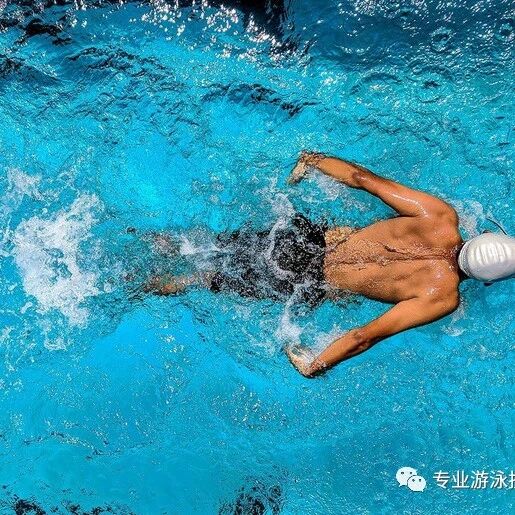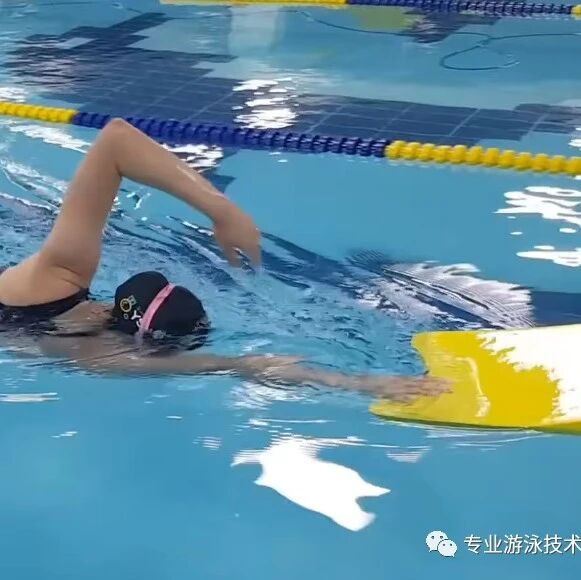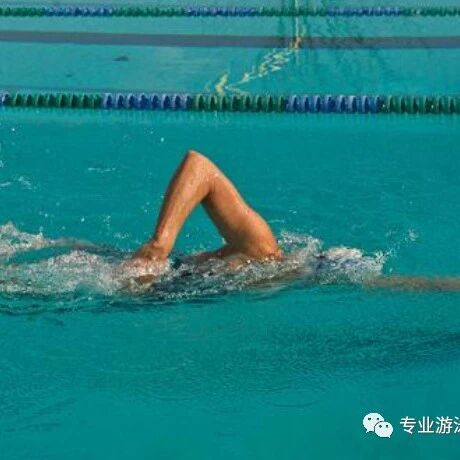Don't get too fixated on the number of strokes—focus instead on improving your swimming skills with your own height as the target.
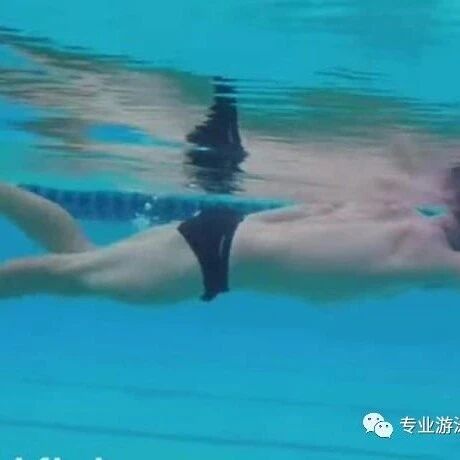
Most people who’ve mastered the full-body immersion swimming technique are familiar with Japan’s Jun Takeuchi, who recently delivered an impressive demonstration: he crossed a 25-meter pool in just nine strokes, instantly becoming a role model for countless swimming enthusiasts eager to replicate his precision. However, freestyle swimming is a sport heavily influenced by height—taller swimmers naturally gain an advantage over their shorter counterparts, whether in terms of body length or the distance they can cover with each stroke. As a result, when covering the same distance, taller swimmers typically require fewer strokes than their shorter peers—provided their swimming skills are equally matched.
That said, there’s no need to obsess solely over reducing stroke count. Instead, swimmers should focus on adopting Takeuchi’s meticulous approach to refining every detail of their technique—and set realistic, personalized goals for improving their own swimming performance.
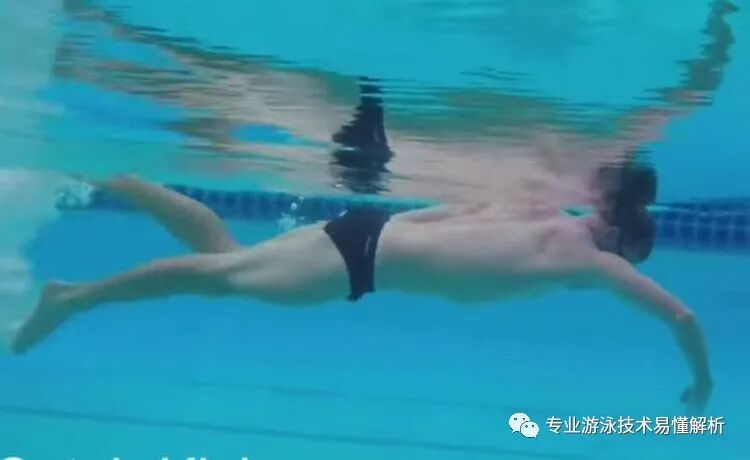
1. Don’t aim for fewer strokes—instead, prioritize momentum.
When you push off the wall at the start of a swim, that initial burst of speed sets the tone—every subsequent stroke benefits from the momentum gained during that powerful wall exit. Professional swimmers master this technique through relentless practice, learning to maximize the forward inertia created by the wall push. For amateur swimmers, the key to improving speed lies in perfecting the seamless coordination of each stroke, kick, and turn, ensuring that these movements work together to generate continuous forward propulsion while maintaining a steady rhythm. Remember, it takes extra effort for your body to overcome inertia when transitioning from complete stillness into your first stroke—but once you’re moving, you’ll naturally carry that momentum forward. The real trick? Timing your next stroke just as the previous one’s momentum begins to fade, allowing you to stay in sync with the water’s natural flow for maximum efficiency.
2. Stroke length is crucial—use technique to ensure your stroke exceeds the length of your body.
The wingspan of a person’s arms—measured from one fingertip to the other—is equal to their body height. This means that taller individuals cover a greater distance with each arm stroke, while shorter swimmers may need to increase their stroke frequency to compensate for their naturally shorter arm reach. However, this doesn’t automatically make taller swimmers faster; rather, swimming efficiency depends on the product of stroke length and stroke rate—rather than relying solely on one or the other metric.
Therefore, no matter your height, maintaining a consistent stroke length and increasing your stroke frequency are the keys to improving your swimming speed. Do your best to identify the SWOLF number that suits your height, and gradually refine your swimming technique over time.
3. Signs of a Well-Executed Sculling Motion
If your glide is effective, the position where your palm enters the water with the forward-reaching arm during swimming will align with where that same arm exits the water—and in even better cases, the exit point may actually be slightly ahead of the entry point, indicating a remarkably smooth and efficient stroke. For beginners, achieving this may not come naturally, but with consistent, dedicated swimming practice, mastering this technique becomes an attainable goal for everyone.
4. Sometimes, stroke rate matters more.
When swimming in open water, you may encounter various situations. In the event of encountering strong currents or other dangerous conditions, maintaining your maximum swimming speed might be the only way to escape the perilous situation. Adopting a powerful arm-over-arm stroke and increasing your paddling frequency would be a smart move. At this moment, temporarily set aside your relaxed swimming style—focus entirely on kicking hard and pulling vigorously—and push yourself to swim swiftly through the hazardous area. Once you’ve safely navigated the danger zone, take a break by lying flat on your flotation device to catch your breath and regain your energy.
